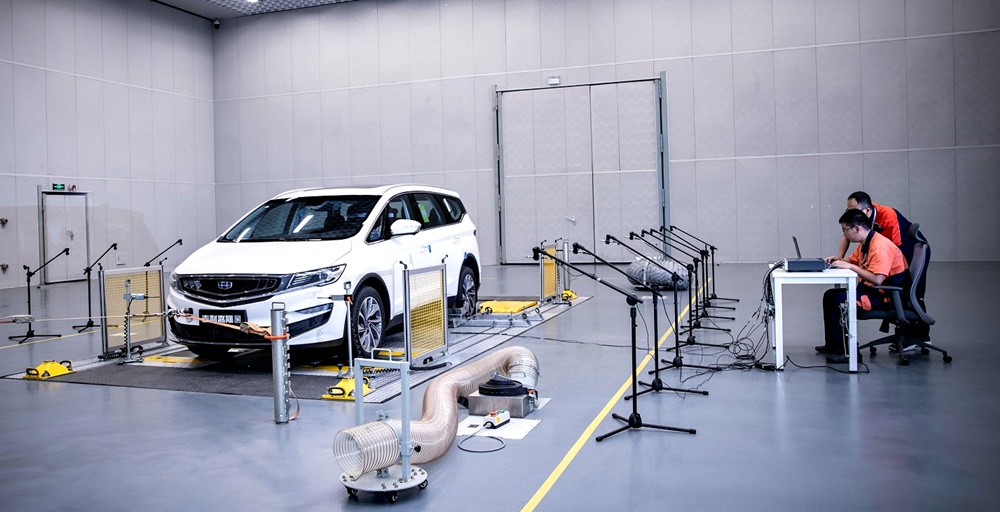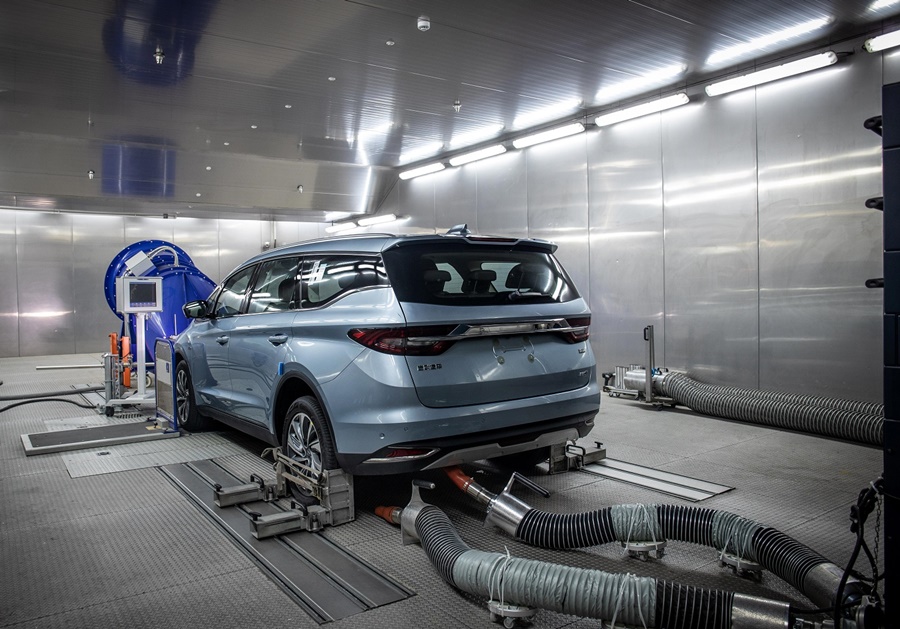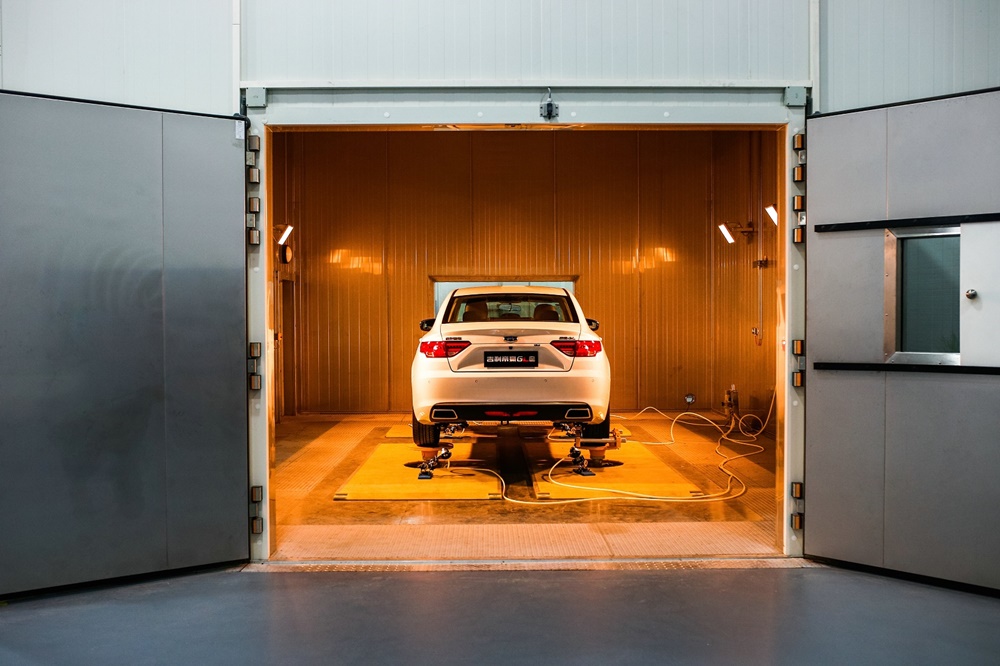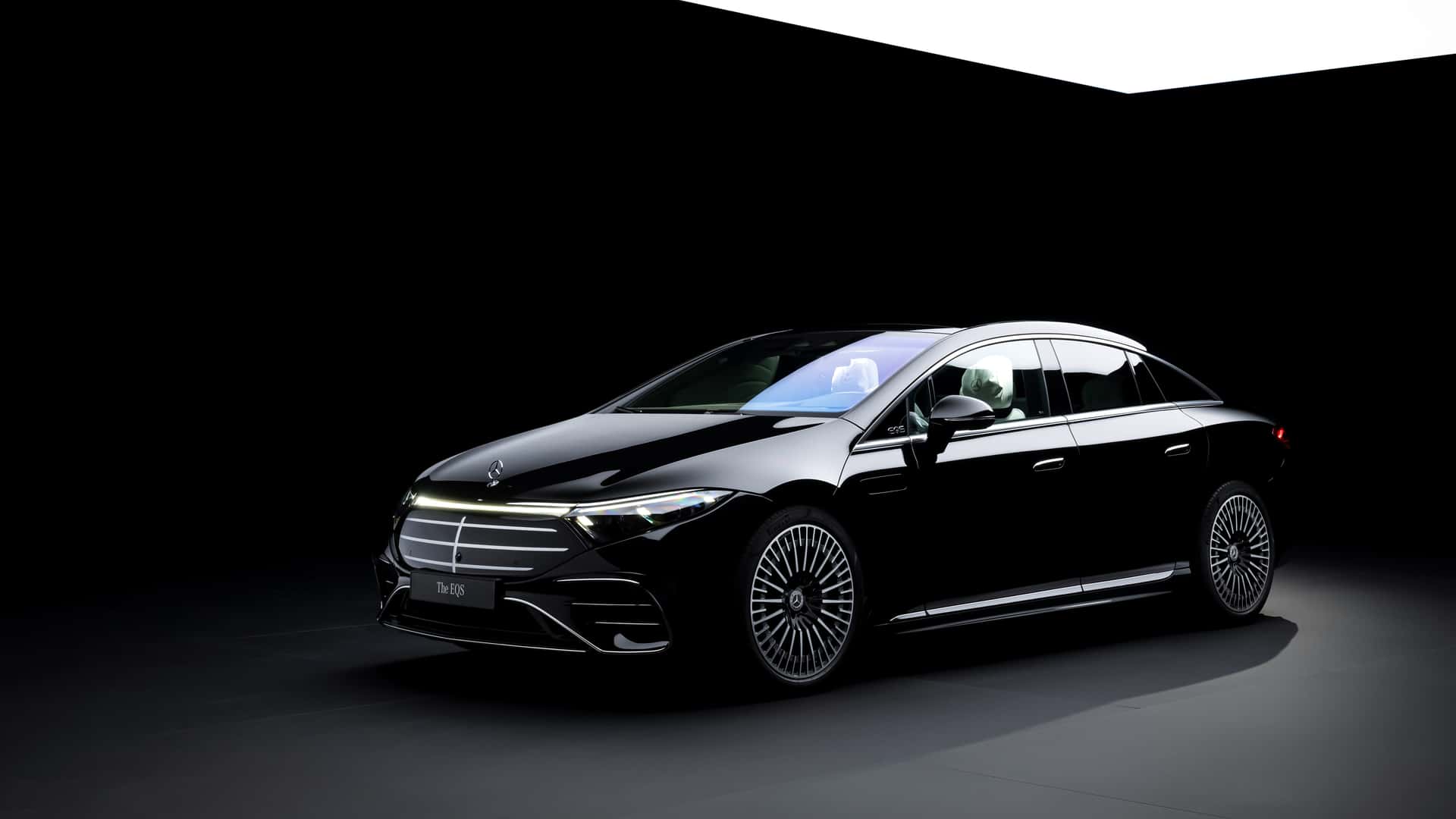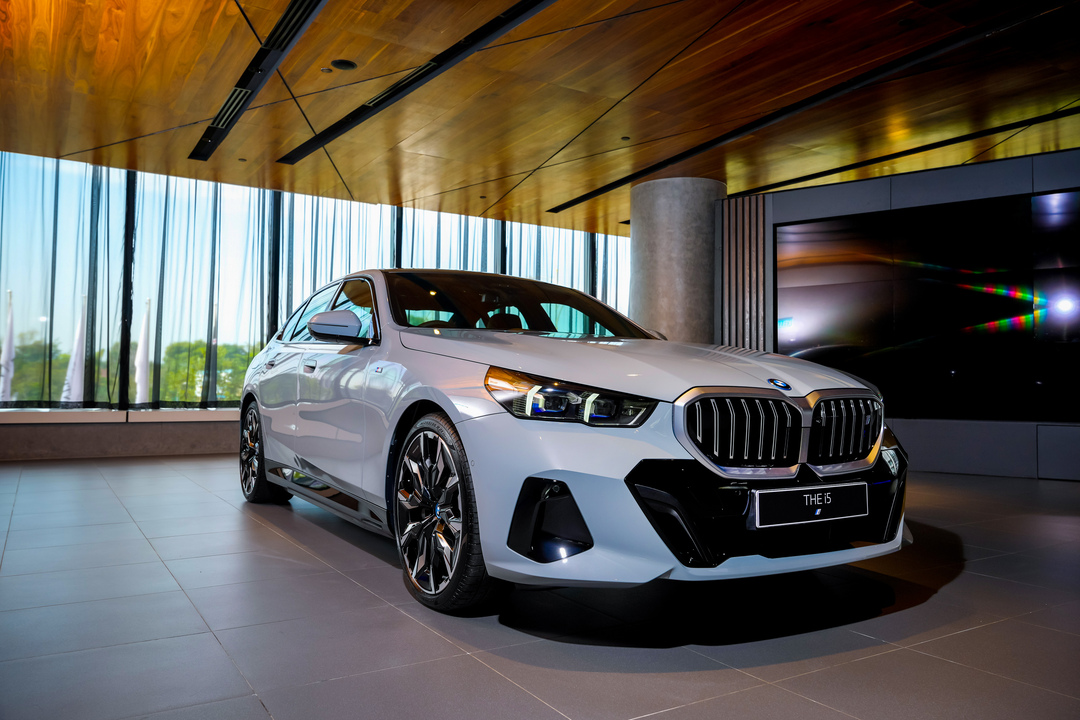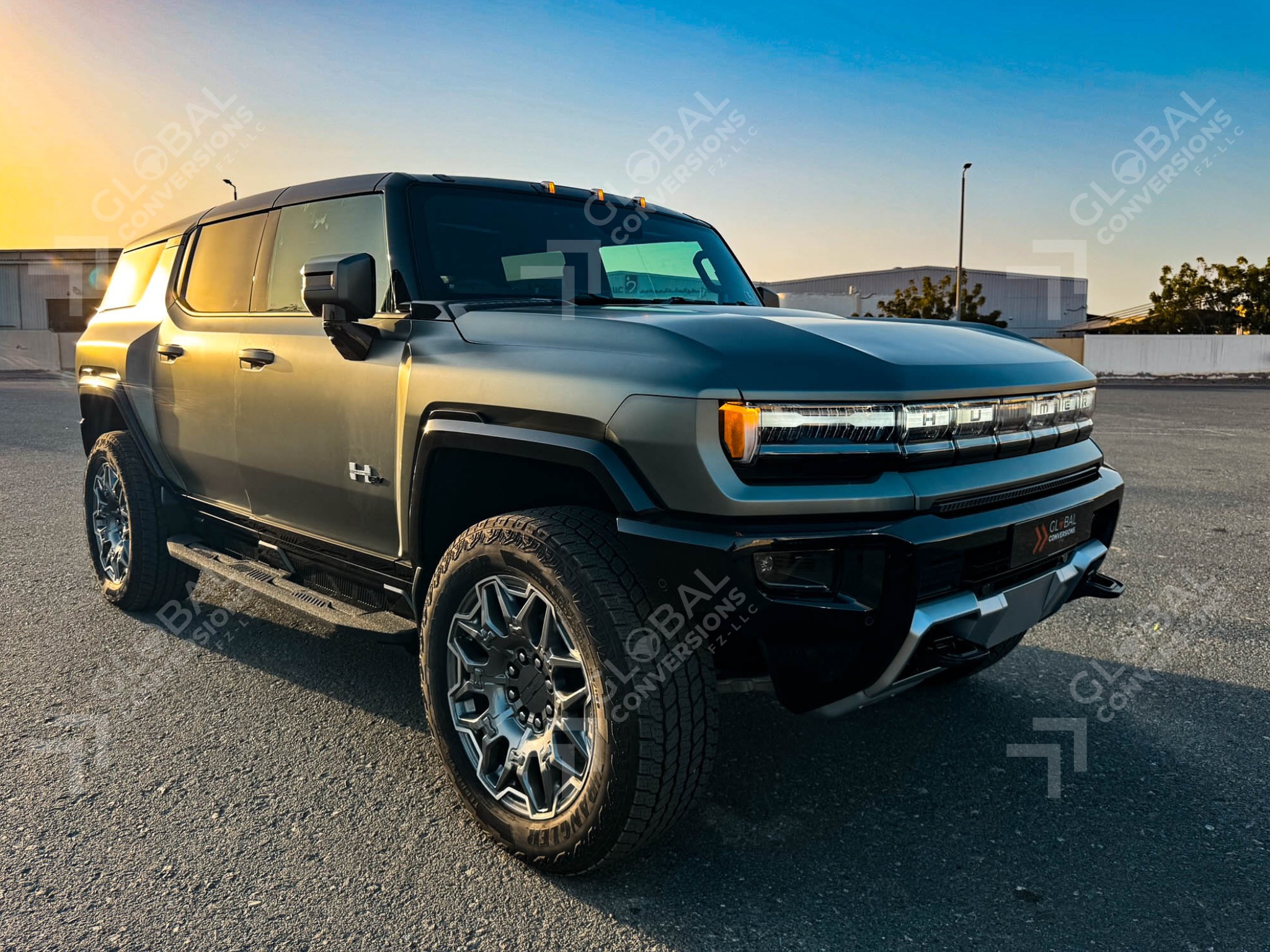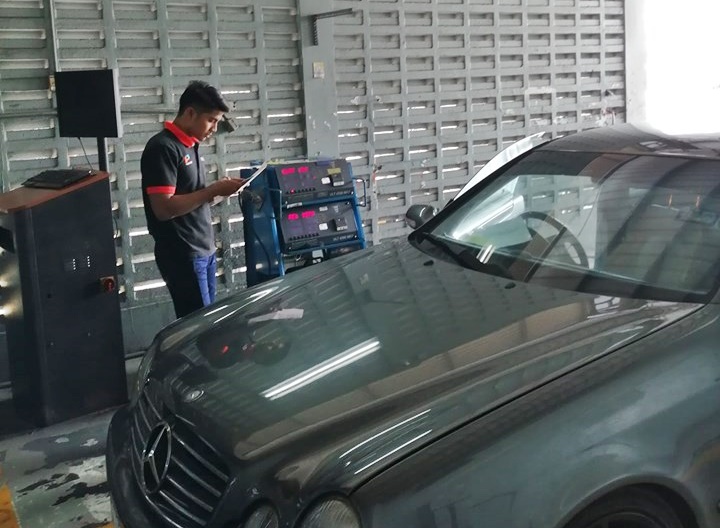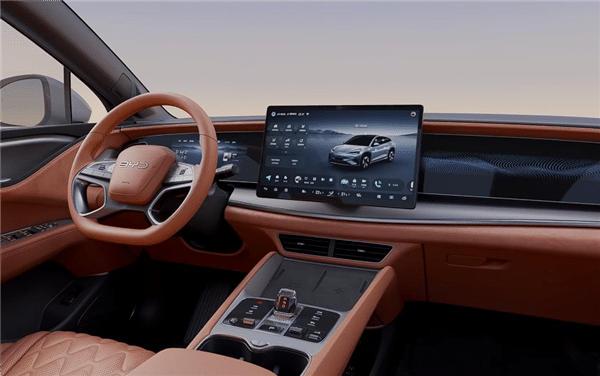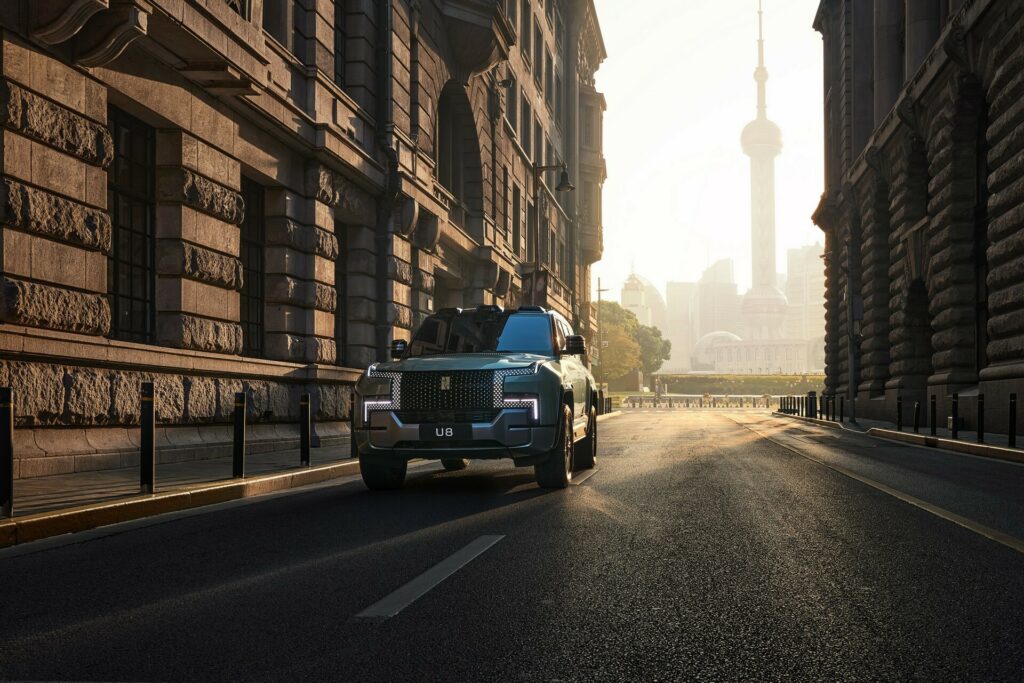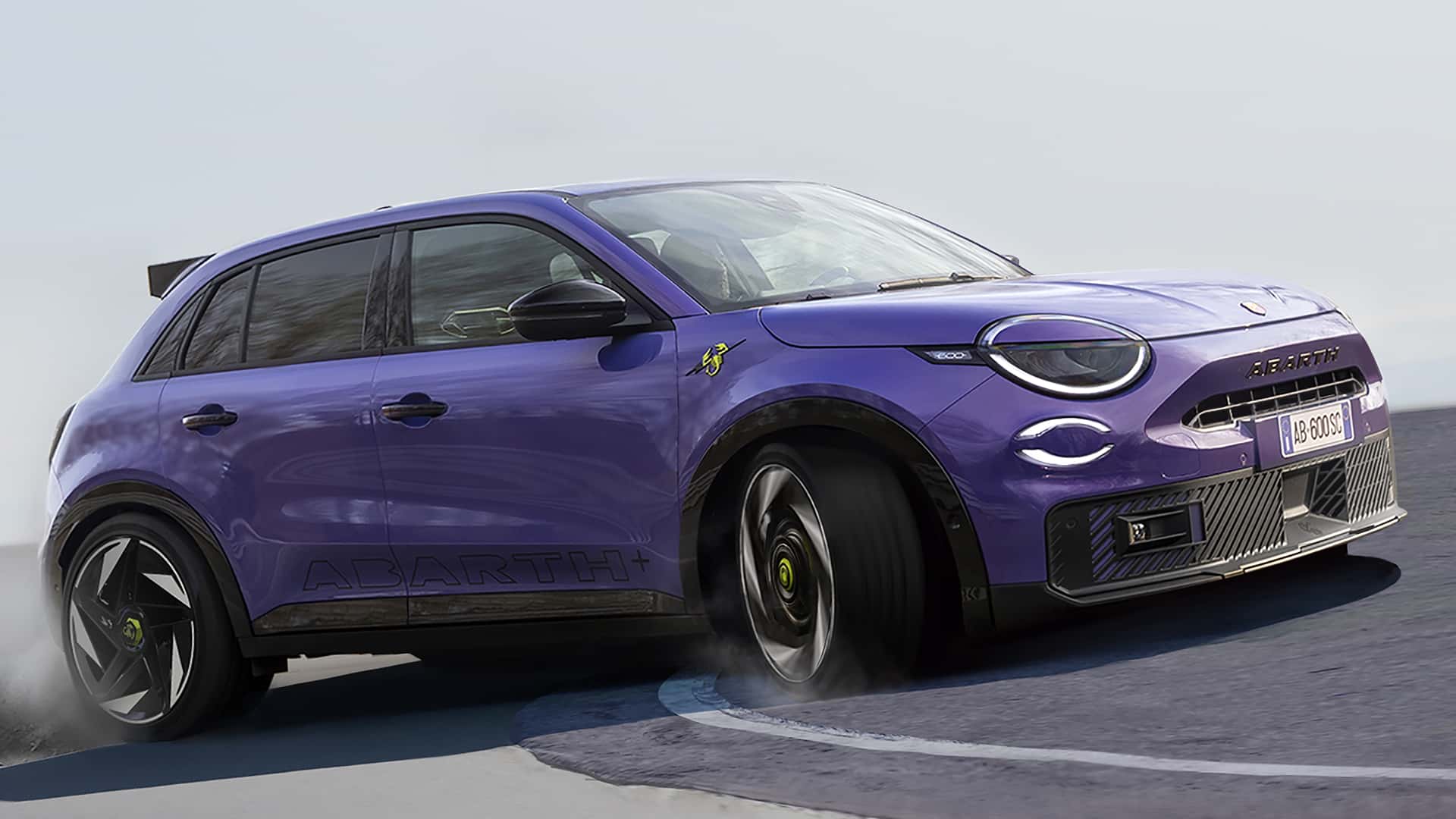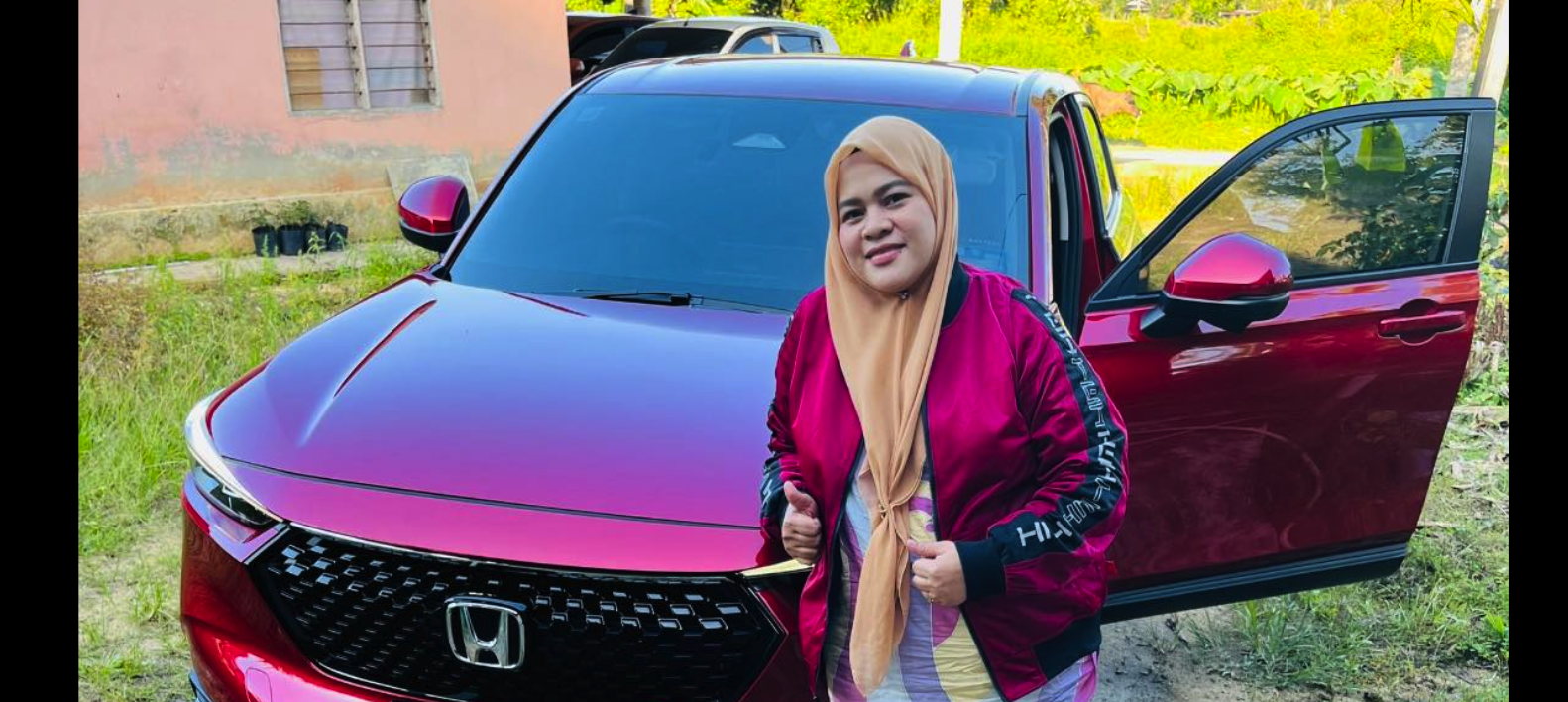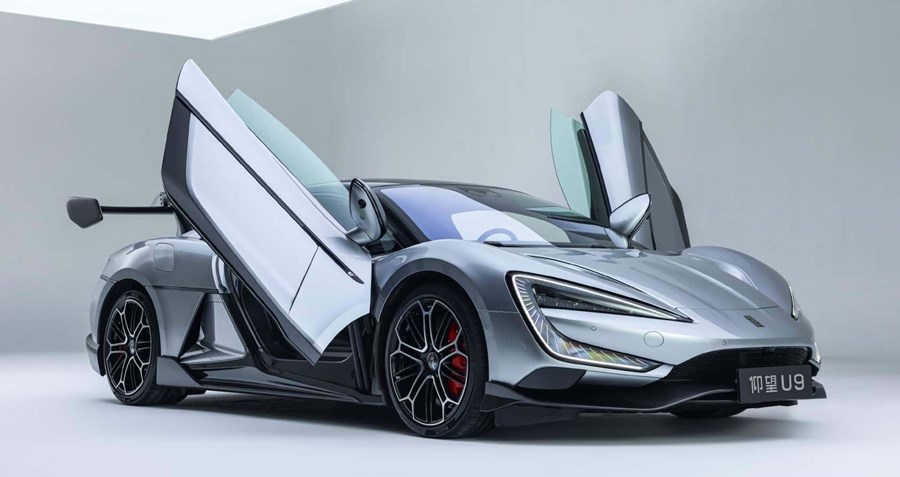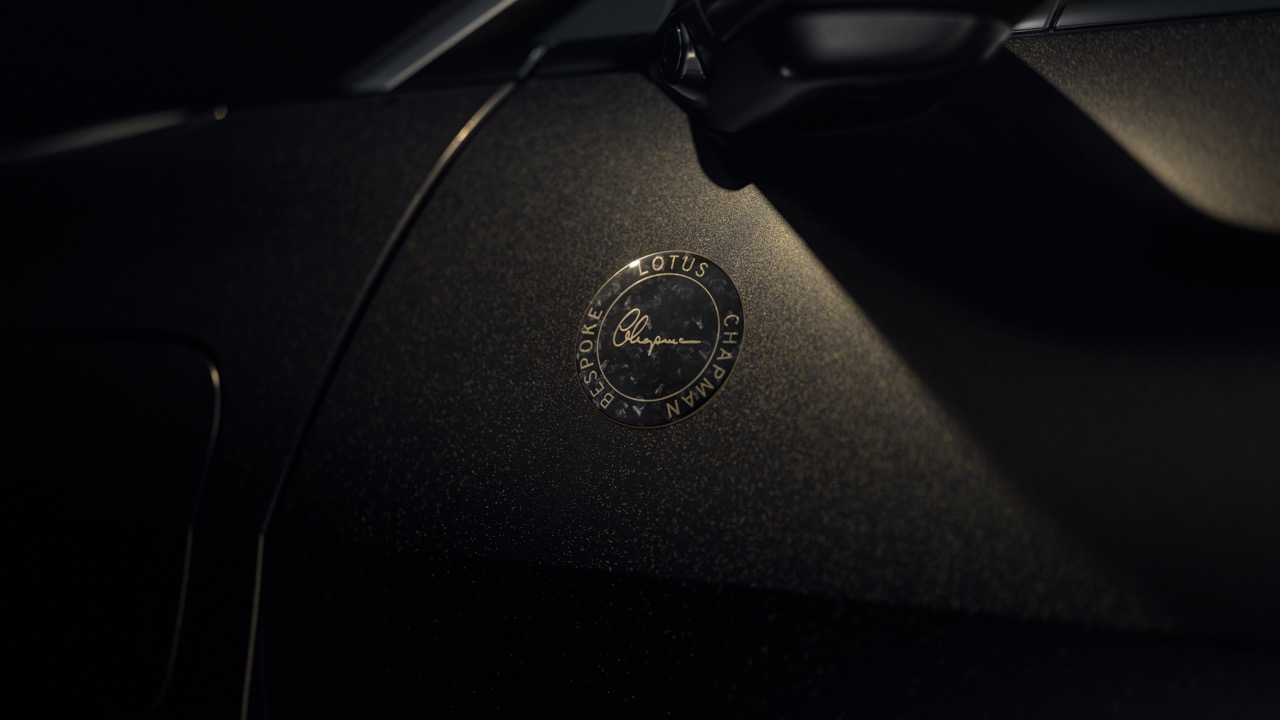New car assessment programs (NCAPs) in most countries focus mainly on safety which is a high priority to consumers these days. Since the 1970s, these NCAPs – which typically include crash tests that provide data for analysis and evaluation – have constantly evolved and set tougher demands. Although passing them is not required by government agencies, most carmakers strive to achieve the best results (5 stars) as this can influence a purchase decision. As such, the organizations managing the NCAPs have contributed to pushing safety standards upwards and making motoring safer.
Assessing ecological design
China, which only began active automobile development from the mid-1980s, also has its own NCAP (C-NCAP) which has also focused on safety since being formulated in 2006. Now, a new type of NCAP has been added – the China Eco-Car Assessment Program (C-ECAP) which is considered the most stringent vehicle assessment test in China to date. Unlike the C-NCAP, it evaluates a vehicle’s ecological design.
The program studies in-vehicle air quality, noise, materials used, combined fuel consumption, exhaust emissions, end of life recyclability, whole lifecycle greenhouse emissions, and component life cycle. Only 1% of vehicles put forward so far have received a high passing score. In a recent test, Geely’s first MPV, the Jia Ji, scored 101.24 out of 105 points, including a perfect score for interior noise quality.
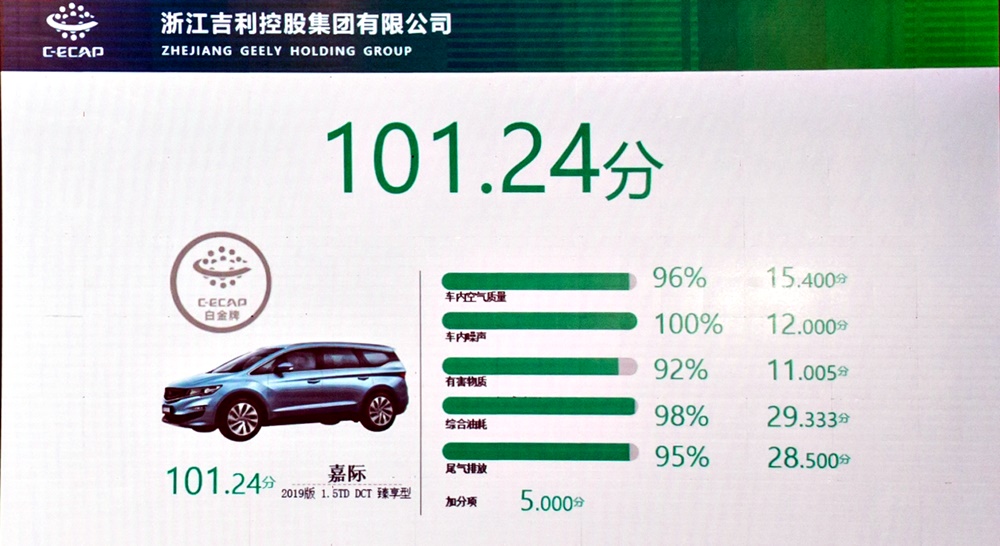
Bringing NVH down
When developing the Jia Ji, Geely engineers paid meticulous attention to the levels of NVH (Noise, Vibration, and Harshness) and aimed to limit external noises to a maximum of 38.1 decibels at idle. To do so, 150 noise-reduction elements were installed throughout the vehicle and Active Noise Reduction (ANC) technology was used.
NVH characteristics define a manufacturer’s capability, an indicator of quality in automotive manufacturing and a reflection of the car’s overall quality. As recently as 6 years ago, knowledge of NVH and how to address it was still lacking within the Chinese automotive industry. This was why there was a big gap in quality between cars of the Chinese brands and those of established global players. Foreign models had much development in sound insulation aspects, leading to a higher perception of quality.
Measuring NVH is extremely difficult because it’s subjective to each user’s feelings. This ‘metaphysical’ nature of NVH performance also makes R&D extremely difficult. The first stage is reducing the noise and vibration of the whole vehicle to a minimum. Then comes sound quality because lowering NVH is not just about eliminating all sounds as certain characteristics are desirable. For example, enthusiasts want the louder and more assertive engine sound for sportscars while those in luxury models want quietness at even high speeds. The third stage builds upon the second and aims to integrate specific NVH qualities into the DNA of different vehicles customized according to the models positioning and desired user experience.
To reach the third stage of integrating desirable NVH qualities into the vehicle’s DNA, Geely has been developing a whole new generation of advanced vehicle architectures with NVH in mind from the very beginning. The CMA Compact Modular Architecture is one example of this.
Only NVH lab of its kind in China
The importance of NVH to Geely can be seen in their investment of a NVH laboratory at the Geely Research Institute. The NVH lab is the only one in China with a dedicated abnormal noise and vibration testing room with sound isolation and environmental controls. The lab can conduct road simulation tests in various simulated environments, evaluate the structural durability of the whole vehicle, and accurately identify abnormal noise from anywhere in the vehicle.
For NVH testing, road simulation in closed room is preferred to outdoor road testing because results can easily be replicated in a controlled environment; however, the technical and space requirements are immense, making this kind of lab uncommon in the industry.
In 2018, the Geely Auto Group released their iNTEC suite of technologies which includes G-Blue, Geely’s focus on eco-friendly technologies. The Group has obtained quite a number of patents for new technologies in the field of environment friendly materials, ecological designs, odour management systems, and intelligent air quality management systems. No doubt, many of these technologies will also be shared with Proton and provide Malaysians with even better vehicles.


